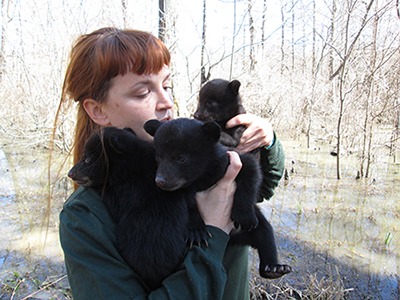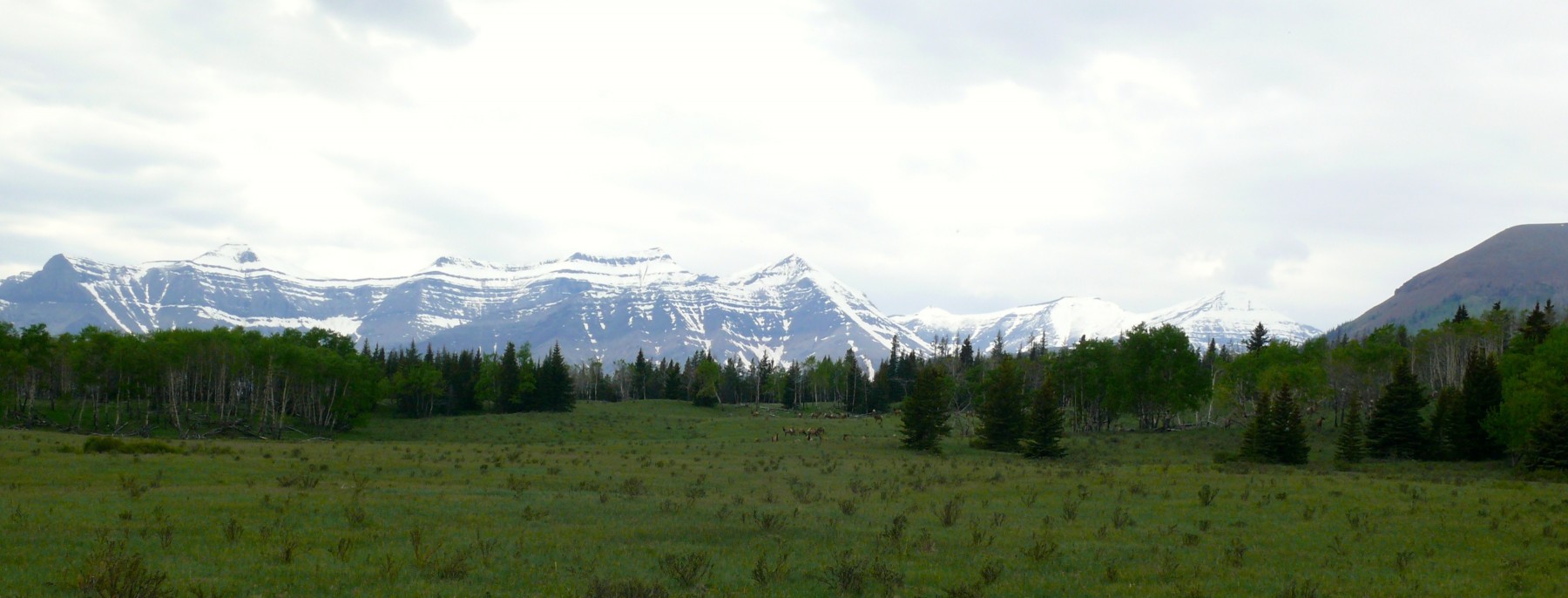 Ecology of sitatunga (Tragelaphus spekii) in central Uganda Central Africa is noted for its diversity of wildlife, including 70 species of antelope. Sitatunga is one of these species, and is currently under-represented in the scientific literature. Sitatunga occur in freshwater marshes and some rainforests of sub-Saharan Africa and are widely distributed across the continent, although little is known about their density, habitat use, and dispersal patterns. To address this, we are undertaking a multi-year research project into sitatunga ecology in central Uganda. Our research will use telemetry, camera trapping, and genetic analysis to inform models about sitatunga distribution and habitat selection. We will capture and place GPS collars on adult sitatunga to model movement patterns, home range size, and habitat use. We will set up a camera trapping grid to inform spatially-explicit capture-recapture models of density and distribution. We will collect materials from harvested animals, captured animals, and from opportunistic line-transect encounters for analysis of genetic diversity. Genetic sampling will include mitochondrial and microsatellite DNA analysis for modelling of emigration/immigration and maternity/paternity patterns, and we will perform assignment tests to assess overall diversity and gene flow. The result of these analyses will improve management of sitatunga and their habitat, and could aid conservation by adding an incentive for private landowners to conserve the species.
Ecology of sitatunga (Tragelaphus spekii) in central Uganda Central Africa is noted for its diversity of wildlife, including 70 species of antelope. Sitatunga is one of these species, and is currently under-represented in the scientific literature. Sitatunga occur in freshwater marshes and some rainforests of sub-Saharan Africa and are widely distributed across the continent, although little is known about their density, habitat use, and dispersal patterns. To address this, we are undertaking a multi-year research project into sitatunga ecology in central Uganda. Our research will use telemetry, camera trapping, and genetic analysis to inform models about sitatunga distribution and habitat selection. We will capture and place GPS collars on adult sitatunga to model movement patterns, home range size, and habitat use. We will set up a camera trapping grid to inform spatially-explicit capture-recapture models of density and distribution. We will collect materials from harvested animals, captured animals, and from opportunistic line-transect encounters for analysis of genetic diversity. Genetic sampling will include mitochondrial and microsatellite DNA analysis for modelling of emigration/immigration and maternity/paternity patterns, and we will perform assignment tests to assess overall diversity and gene flow. The result of these analyses will improve management of sitatunga and their habitat, and could aid conservation by adding an incentive for private landowners to conserve the species.
Starting soon, details of the Sitatunga project will be available on social media! Be sure to check out our videos on vimeo (https://vimeo.com/channels/882961), join the conversation on twitter (https://twitter.com/sitatunga_uofa), and keep up with Camille and the research via the blog (http://uwewarbington.wordpress.com/).
And stay tuned …We are working out details for a podcast, and our Facebook group will launch in March!
For more information, visit http://www.camillewarbington.com/
